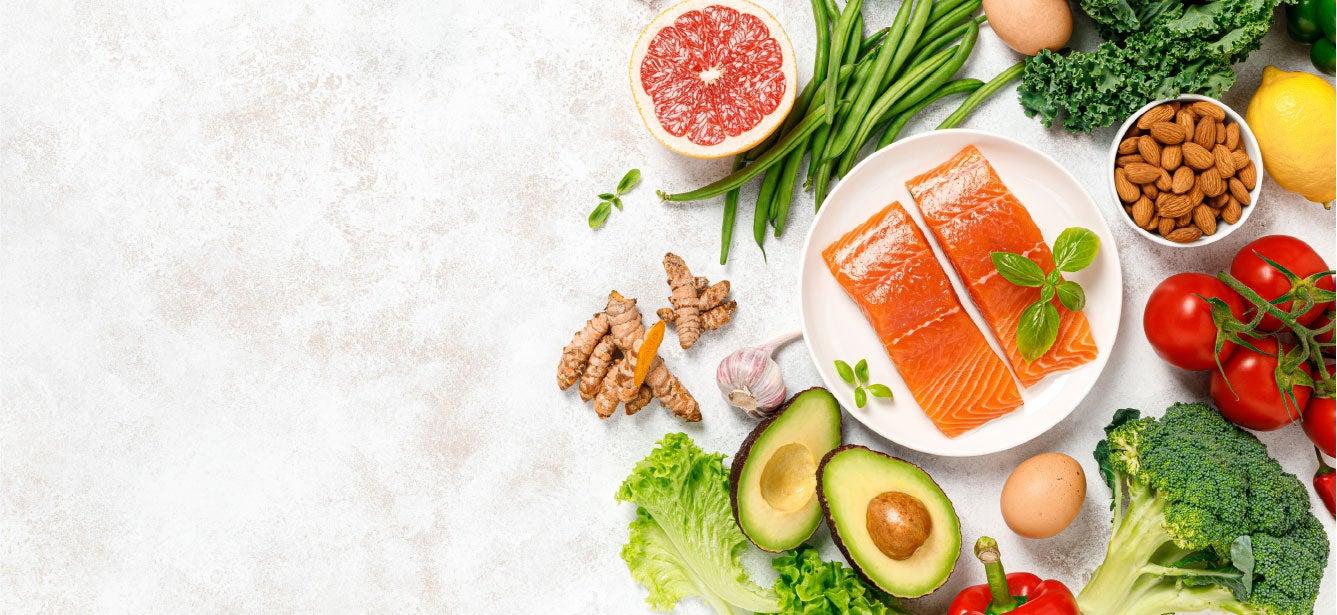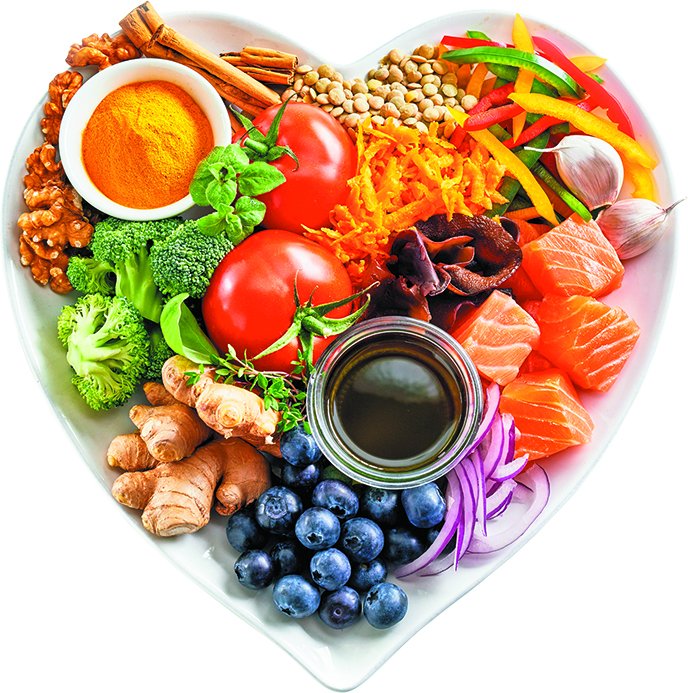In this post, I’m just going to cover some key points from Chapters 3 and 4 of our readings
As students, we’re always on the lookout for ways to make studying, organizing, and even working more efficient. Chapters 3 and 4 of our course cover two powerful tools that are changing the way we approach tasks: Robotic Process Automation (RPA) and ChatGPT. Here’s a straightforward look at what they are and how they’re used.
Chapter 3: What is Robotic Process Automation (RPA)?
Robotic Process Automation, or RPA, is a technology that uses software robots to handle repetitive, time-consuming tasks. Instead of doing these tasks ourselves, we can set up “bots” to complete them, which saves us time and reduces errors.
Key Parts of RPA
- Bots: Software that carries out specific tasks based on instructions.
- RPA Tools: Platforms that help create and manage these bots.
- Process Automation: The actual setup and use of bots to complete tasks automatically.
Examples of RPA in Different Industries
- Banking: Processing loans and managing customer accounts.
- Healthcare: Organizing patient records and scheduling appointments.
- Retail: Managing inventory and processing orders.
- Human Resources: Assisting with payroll and onboarding employees.
Types of Bots in RPA
- Rule-Based Bots: Follow specific instructions for tasks like data entry.
- Conversational Bots: Used in customer service to interact with customers.
- Intelligent Process Automation Bots: Combine AI with RPA for more complex tasks, like analyzing data.
RPA tools like Automation Anywhere and Blue Prism make it easy to set up these bots. Learning to use these platforms can be beneficial, as more companies are looking for employees who understand automation.
Chapter 4: ChatGPT vs. RPA – Different Strengths for Different Needs
ChatGPT is an AI language model designed to interact with users and generate responses based on input. It’s helpful for tasks like customer support, content creation, and even study assistance.
ChatGPT’s Strengths
- Human-Like Conversations: Good for answering questions in a way that feels natural.
- Flexible and Adaptable: Can be used in many different contexts and industries.
- Context Awareness: It can follow a conversation, making responses more relevant.
ChatGPT’s Limitations
- Inaccuracy: Sometimes, responses might be incorrect or off-topic.
- Quality Depends on Input: The quality of responses depends on the phrasing of questions.
- Knowledge Limits: It doesn’t know everything and isn’t connected to real-time data.
Why Automation is Important
RPA and ChatGPT are used by businesses to reduce costs and improve productivity. Understanding these tools now could give us an advantage as we start our careers. Plus, getting certified in RPA or learning to use AI tools like ChatGPT can help us become more skilled, organized, and efficient.
In short, automation technology is becoming a standard in many industries, and learning about RPA and ChatGPT could benefit us both now and in the future.






